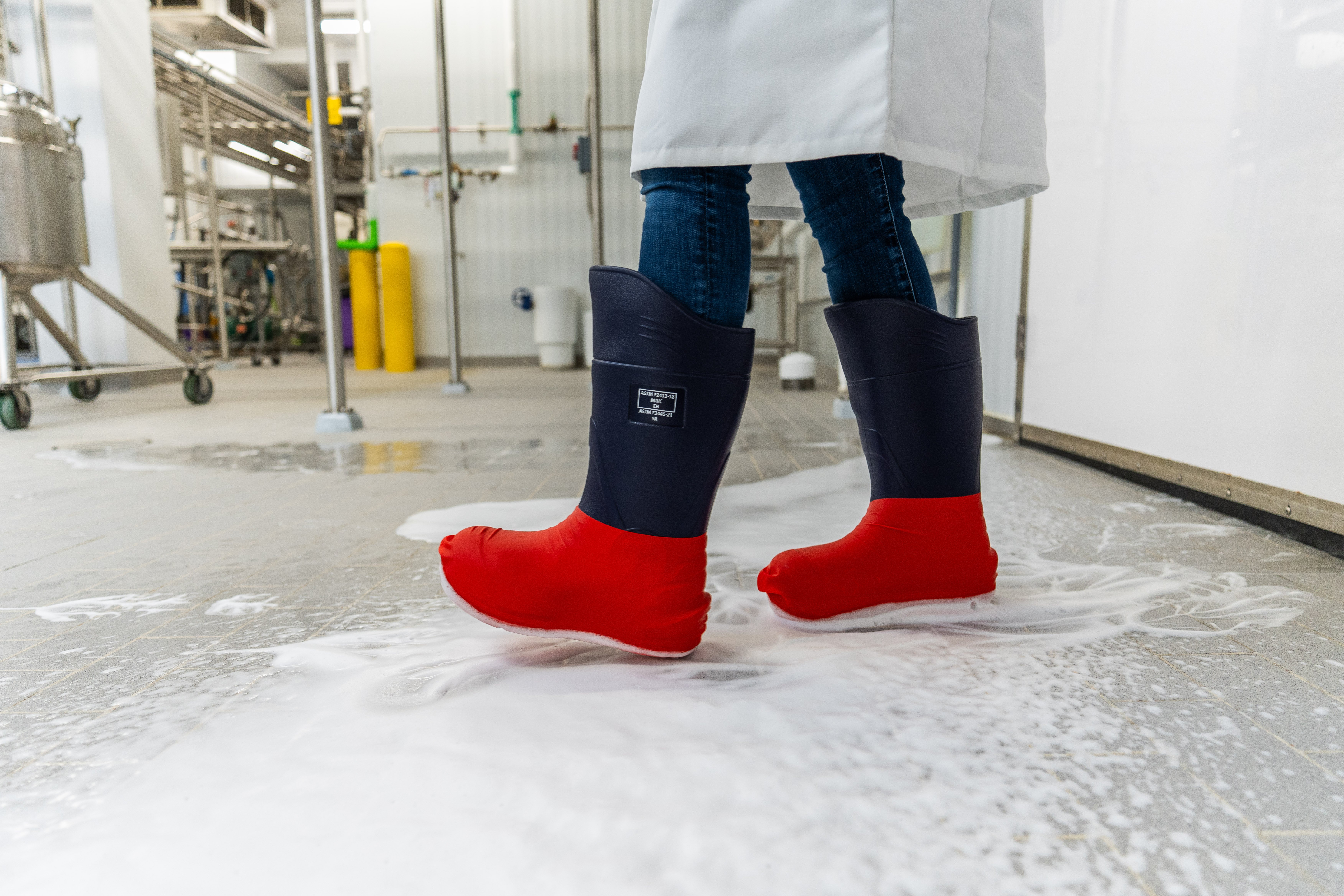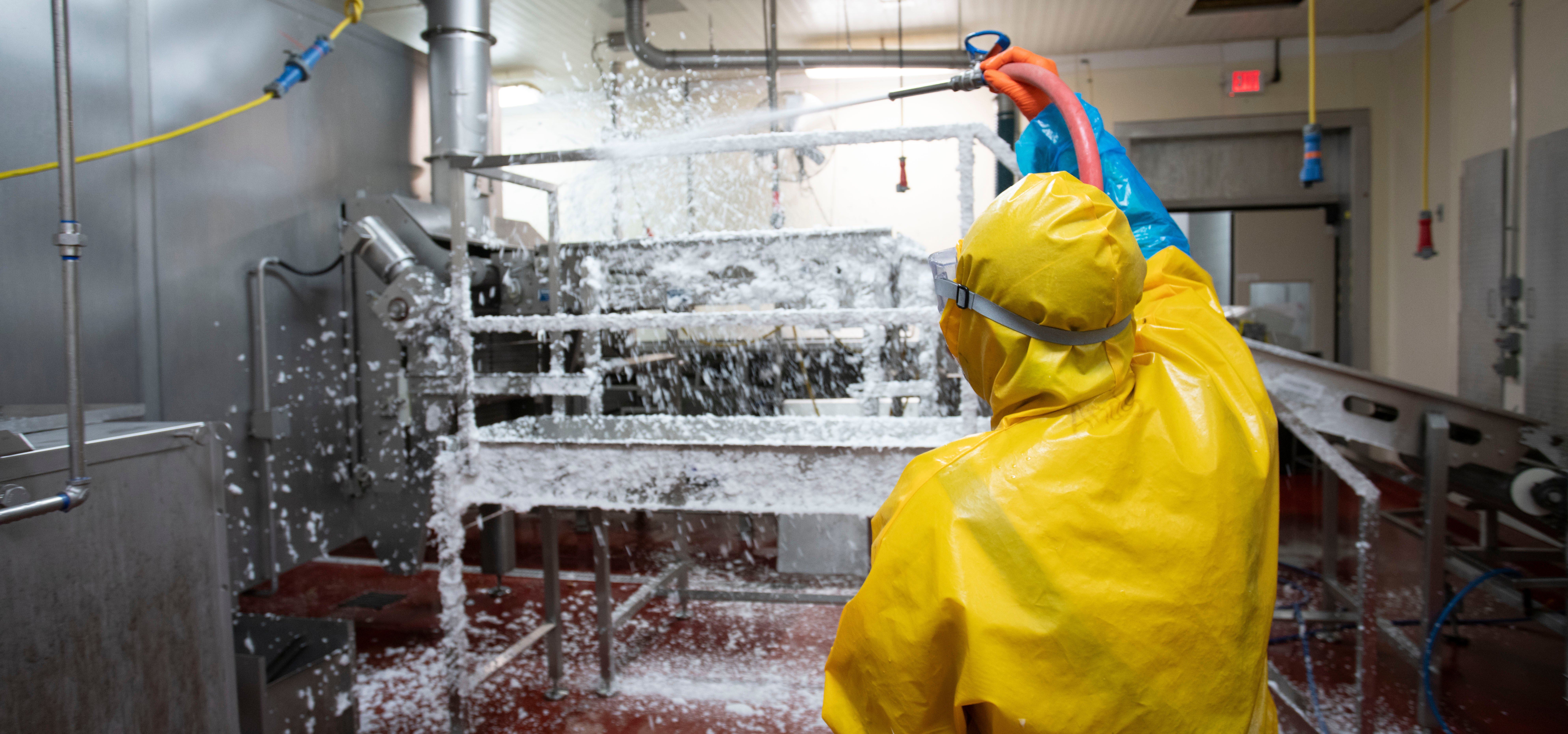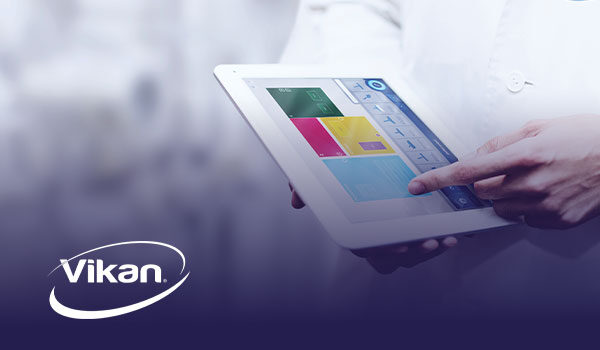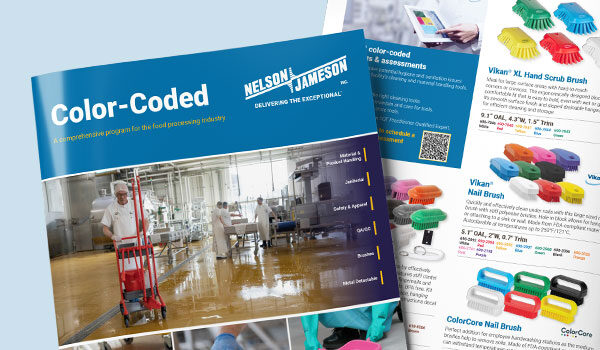
In a previous article, we discussed the benefits of using a color-coding system to streamline service and repair operations in food manufacturing facilities. However, implementing a successful color-coding system requires more than just choosing colors for equipment. (Read our complete guide to color coding here.) It also requires a well-trained workforce that understands the system and knows how to use it effectively.
Employee training and education are essential to the success of any color-coding system. Without proper training, employees may not understand the system, which can lead to confusion, errors, and even safety hazards.
When developing a training program for your color-coding system, it is important to set clear objectives. What do you want your employees to learn? What skills do you want them to develop?
Some specific objectives for training on a color-coding system include:
Various methods can be used to train employees on a color-coding system, with the best depending on your specific needs and resources. Some common methods include:
In addition to training methods, it is also important to develop high-quality training materials. These materials should be clear, concise, and easy to understand. They should also be visually appealing and engaging. Here are some examples:
Start your color coding journey today with the help of experts from Nelson-Jameson and Vikan.

Once your employees have been trained on the color-coding system, it is important to provide ongoing education and support. This will help to ensure that the system is used correctly and that employees are kept up-to-date on any changes.
Some methods for providing ongoing education include:
Employee training and education are essential to the success of any color-coding system. By investing in training, you can help to ensure that your employees understand the system and know how to use it effectively. This will lead to a more efficient and effective service and repair operation, which can save your organization time and money.
By following these tips, you can develop an effective training program that will help your employees to use the color-coding system to its full potential. It is important to get feedback from your employees on the training program. This will help you to identify any areas that need improvement.
Nelson-Jameson brings together the most extensive collection of color-coded products for material handling, product handling, janitorial, safety, apparel, QA/QC, and metal-detectable applications. Check out our buyer’s guide to see our entire lineup of color-coding tools.

Cassi is a Product Manager - MRO Products at Nelson-Jameson.

December 10, 2025
What is OSHA's Regional Emphasis Program (REP) for the food manufacturing industry? The OSHA Regional Em...

December 8, 2025
There is a fundamental connection between worker safety and food safety: A failure in worker safety can ...

December 1, 2025
Nelson-Jameson understands that efficiency and worker safety are equally important goals in food manufac...

Recognize and address possible hygiene and sanitation challenges based on the cleaning and material handling equipment available in your facility.
Through a discovery call, virtual, or on-site assessment, Vikan SQF Practitioner certified specialists will assist in confirming that your system and cleaning tool inventory aligns with your risk management objectives while pinpointing any missing tools and enhancing maintenance and usage practices. Evaluate whether your existing tools are utilized in the most effective manner, or determine if a more suitable tool exists for the task at hand. Ensure that your tools comply with all relevant standards and regulatory requirements. Site evaluations encompass a summary survey, an overview of the location, a color-coded factory layout plan, product suggestions, a recommended order form, and a proposal for a follow-up survey.
Food Safety, Sanitation, Cleaning Tools, Color Coding

This is a comprehensive program for the food processing industry. Nelson-Jameson brings together the most extensive collection of color-coded products for material handling, product handling, janitorial, safety, apparel, QA/QC, and metal-detectable applications. With the right pieces, a color-coding system is a powerful tool in preventing cross-contamination of allergens and food-borne illnesses that can lead to sickness or expensive product recalls.

Food Safety, Sanitation, Cleaning Tools, Color Coding

With existing and emerging threats, food safety has never been more important to food manufacturers in protecting their consumers and their organization.
Color Coding

Laboratory, Color Coding, Food Safety